Buying a water heater is not everything. It still needs to be installed and then connected. And connect it to both the water supply and electricity. How to install a water heater depends on its type: flow or storage. Depending on the size and shape, the place of installation is chosen. From the power depend on the requirements for the power supply line, and from the internal device of the water heater – the scheme of connection to the water supply.
Contents of the article
Types of electric water heaters
There are two large groups: flow and storage. Flow-through water heaters heat the water that passes through them. In this regard, they have a relatively small size, but very high power – up to 24 kW, but this is the maximum. For washing dishes and taking a shower, a power of 4-6 kW is enough, for taking a bath – 10-12 kW. So to connect such equipment requires a dedicated power line with RCD.
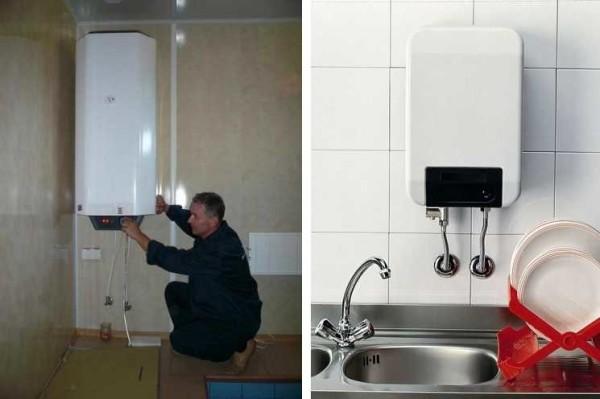
Accumulative water heaters are also called “boilers”, they have a tank and a small, compared to flowing, power – from 0.8 kW to 4 kW. Nevertheless, a separate power supply line is also desirable for them. The size of boilers depends on the volume of water that is contained in the tank. Their shape is cylindrical, and the cylinder can be located vertically (cheaper option) and horizontally (cost more).
The place for installation of the water heater is chosen mainly depending on the available connection conditions. Most often it is either a bathroom or a kitchen: both rooms have water supply. Secondly, the place is chosen for aesthetic reasons: so that the equipment is not very “conspicuous”. From this point of view, the toilet or bathroom is usually chosen. If there is space, this choice is optimal.
How to install a boiler (storage water heater)
Let’s start with the installation on the wall, because that’s where it is usually mounted. Empty boilers have a solid weight, and they contain up to 150 liters of water. That’s why there are strict requirements to the mountings: they must be able to withstand double the weight, equal to double the capacity. That is, if you have a boiler for 80 liters, the fastener must withstand 160 kg. Therefore, it should only be mounted on bases with good load-bearing capacity using anchors with hooks.
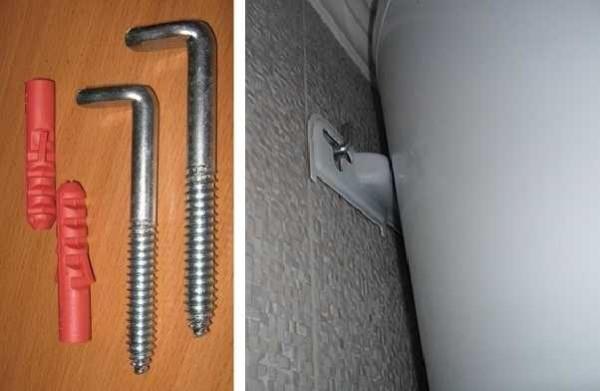
On the back wall of the heater there is a mounting plate at the top (sometimes there are two – at the top and at the bottom). It has slots in which the hooks are inserted. This is how the heater is hung on the wall. There are two different ways to mark where to hammer in the fasteners:
- If you have helpers and the space allows you to move relatively freely, you can lean the boiler in the right place against the wall and then circle the slots.
- Measure the distance at which the bar is located from the top of the water heater, also measure the distance between the centers of the mounting holes. Postpone all these parameters on the wall, finding the necessary points.
One nuance: if you are going to hang the water heater under the ceiling, it is necessary that from its top to the ceiling was a gap of at least 5 cm. This is necessary to be able to lift it by putting it on the hooks. Otherwise it will not be possible to hang the boiler.
How to connect the boiler to the water mains
We will assume that the cold water supply point is already in place, as well as the hot water distribution comb. A little about what to connect the outputs of the boiler with the hot and cold water piping. It is more convenient to use flexible hoses, but not those that are just rubber in a braid, and flexible corrugated stainless steel. They are also available in different lengths and have gasketed nuts on the ends, but their service life and reliability are many times higher. If the boiler hangs above the bathtub and all connections are located there, then even in the case of a hose break you will not be in danger: the water will be in the bathtub. If not, you can flood your neighbors.
Another option is to use plastic (polypropylene or metal-plastic) pipes. This option is used if at the same time is made hot water distribution points. Otherwise, it is more convenient to use flexible connectors. Only when using pipes, take into account that on hot water put special pipes, which are usually marked in red, on pipes for cold water it may not be at all, or it has a blue/blue color.
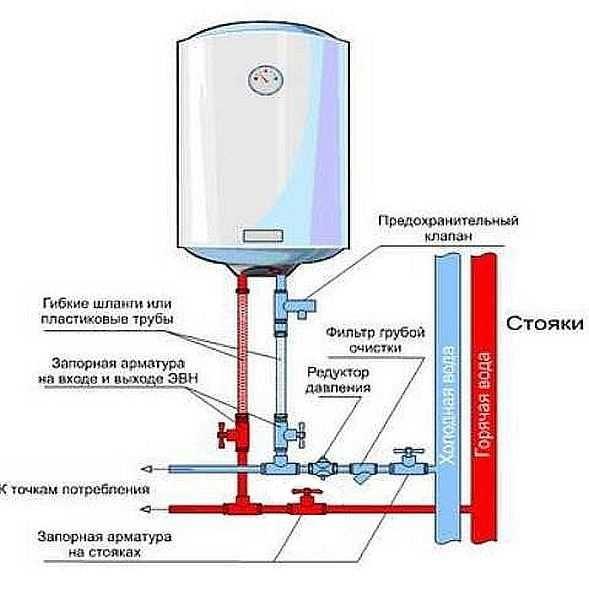
Now directly about the scheme of connecting the boiler to the water supply. Although modern water heaters are often equipped with automation, periodically, during heating there is a sharp jump in pressure, which can lead to a violation of the tightness of the container. To avoid surges, a safety valve is installed on the cold water inlet. If the threshold value is exceeded, a tap is opened and some of the water is bled off, equalizing the pressure. When installing the valve, make sure that the drain outlet (small socket) is directed downwards. If you want your boiler to work for a long time, put this valve necessarily.
It is convenient if it has a second function – it also works as a check valve, blocking the outflow of water when there is no pressure in the system.
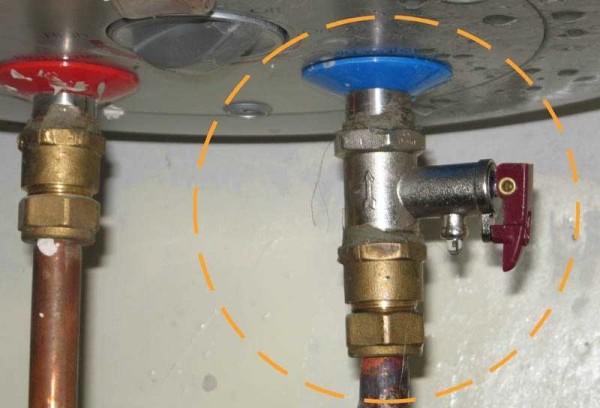
If you look at the photo, on the body there is an arrow that shows the direction of water flow. If there is such an arrow, the device also works as a check valve, preventing water from pouring out. If there is no arrow, you will have to put a check valve (above the safety valve).
About what functions the safety valve performs, and how it is better to install it, if it is not above the bath, see the video.
Another obligatory detail of the scheme – shut-off valves. They are usually placed on the branch from the riser of hot and cold water. These taps are mandatory. Sometimes put even before the safety group, but they are no longer mandatory, and serve only for more convenient repair.
The safety group is a coarse filter and a pressure reducer. If these devices are not at the entrance to the house or apartment, it is very desirable to put them: they prolong the life of the water heater.
Explanation of the boiler connection scheme see in the video, typical mistakes of connection to the water supply are also analyzed here.
Connecting the boiler to electricity
All manufacturers of water heaters recommend to include boilers to electricity to a separate line from the electrical panel, which is installed double automatic and RCD, Note that the automatic is necessarily double – that is, one that breaks both phase and zero. It is also obligatory to have an earth connection. These measures ensure safety, so you should not neglect them.
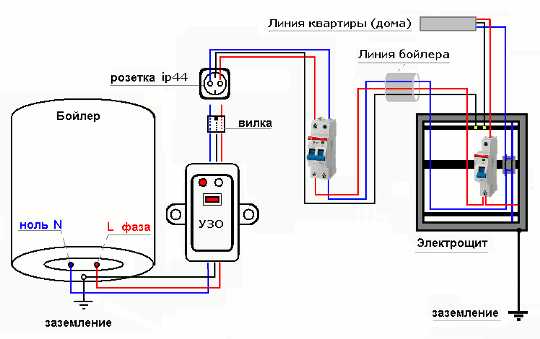
Instead of a bundle of RCD + automat, you can put a difavtmat. It will also control and leakage current and short circuit, but it is made in one housing. On a boiler of average capacity is enough automatic circuit breaker for 16 A, and RCD leakage current of 10 mA. The cross-section of copper wire (monofilament) is enough 2,5 mm.
How to install a flow type water heater
As already mentioned, the flow water heater has smaller dimensions, so it is easier to find a place for it. It can be hung on the wall or hidden in a cupboard. Its dimensions are usually 15*20 cm*7 cm or so. In general – small. Weight – from force 3-4 kg, so that and to fixing requirements are minimal. Usually it is either hanged on two screwed into the wall dowels of small diameter, or has a mounting plate, which is screwed to the wall, and not it is already hanged water heater. How to install a water heater of flowing type are sorted out, now about the connection.
Connecting the flow heater to the water supply system
From this side, everything is simple. But the disadvantage is that it can simultaneously supply water to only one point. Depending on the place of installation on the outlet of warm water put either a shower head with a flexible hose, or a gooseneck – for washing dishes. It is possible through a tee to put both “gooseneck” and watering can (as the extreme right picture).
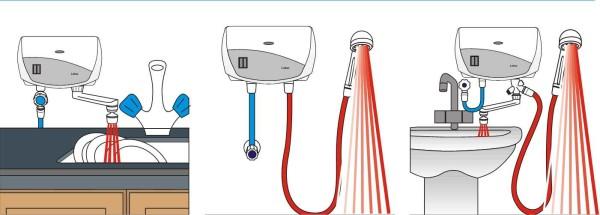
To be able to remove the water heater if necessary and not to shut off the water in the whole apartment or house, ball valves are put at the inlet and outlet. They are mandatory equipment. Connection from the spigots to the point of tapping into the cold water supply line is carried out in the same way as when connecting the boiler: with corrugated hoses made of stainless steel or plastic pipes. Hot water to the point, if necessary, is conducted by a flexible hose: here the temperatures are too high in principle do not happen, so it must withstand.
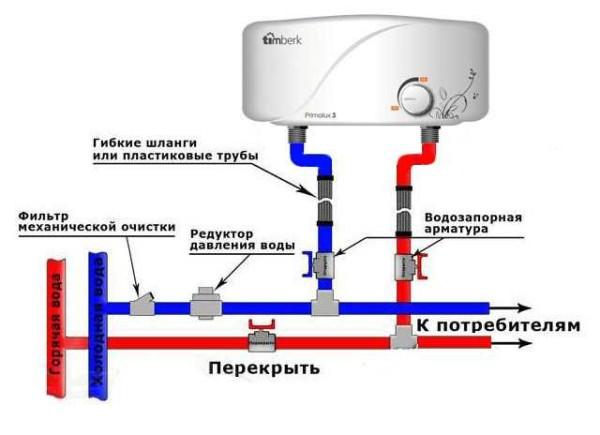
Another feature of flow water heaters is that they can normally heat only a certain amount of water. If the flow increases or too low temperature at the inlet, they cope with the task on the task. Therefore, most often such a water heater is used as a temporary – in the countryside or during the shutdown of hot water supply for preventive maintenance (for the summer).
It is not difficult to solve the problem with excessive amount of water (when the pressure rises above the normative): either put a reducer at the inlet or a flow limiter. The reducer is a more serious device and it is recommended to put it at the entrance to the apartment, and the flow limiter is a small cylinder with a valve. It is screwed onto the cold water inlet. An example of how to install a flow-type water heater and where to screw on the flow limiter – in the video.
Connection to electricity
With the electrical part of the connection is the same as with the boiler: a dedicated line, RCD + automatic. Other only nominal and cross-section of wires. Nominal at power up to 5 kW – 25 A, up to 7 kW – 32 A, from 7 to 9 kW – 40 A. Copper wire cross section – 4-6 mm (monocore).

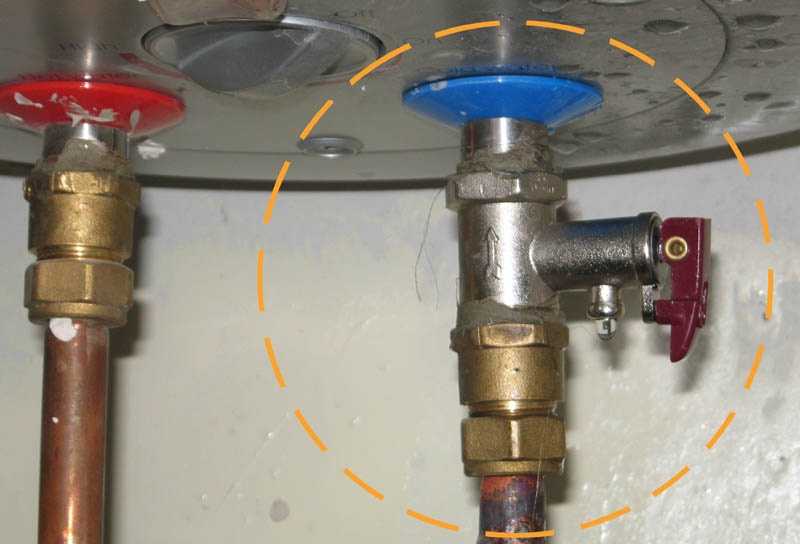
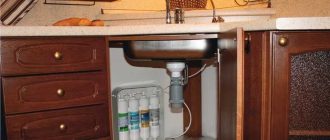
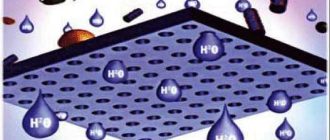
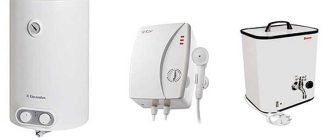
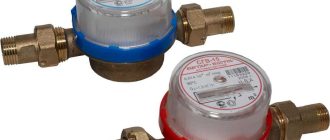
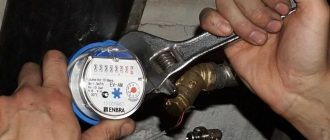
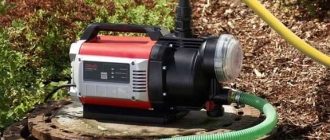
Installing a water heater myself was a game-changer! I followed this step-by-step guide, and watching the videos made it super easy. I felt like a pro once it was done, and now I enjoy hot showers every day without a hassle. Totally worth the effort!
That’s awesome! I remember tackling my first DIY project too—it was a leaky faucet. I watched a bunch of tutorials, and when I fixed it, I felt like a total champ. Hot showers definitely hit different when you know you’ve done the work yourself! Congrats on your win!
Wow, just watched your DIY water heater video and it’s awesome! I tried it last month, and let me tell you, nothing beats that warm shower after a long day! Your tips are super helpful. Totally gonna share this with my friends. Keep it up!
OMG, I just tackled my first DIY water heater install! 💪🔧 It was a bit tricky, but totally worth it. Watching those how-to videos helped a ton! Now I’m all set for cozy hot showers! Can’t believe I did it myself! Who’s ready for some home projects?!